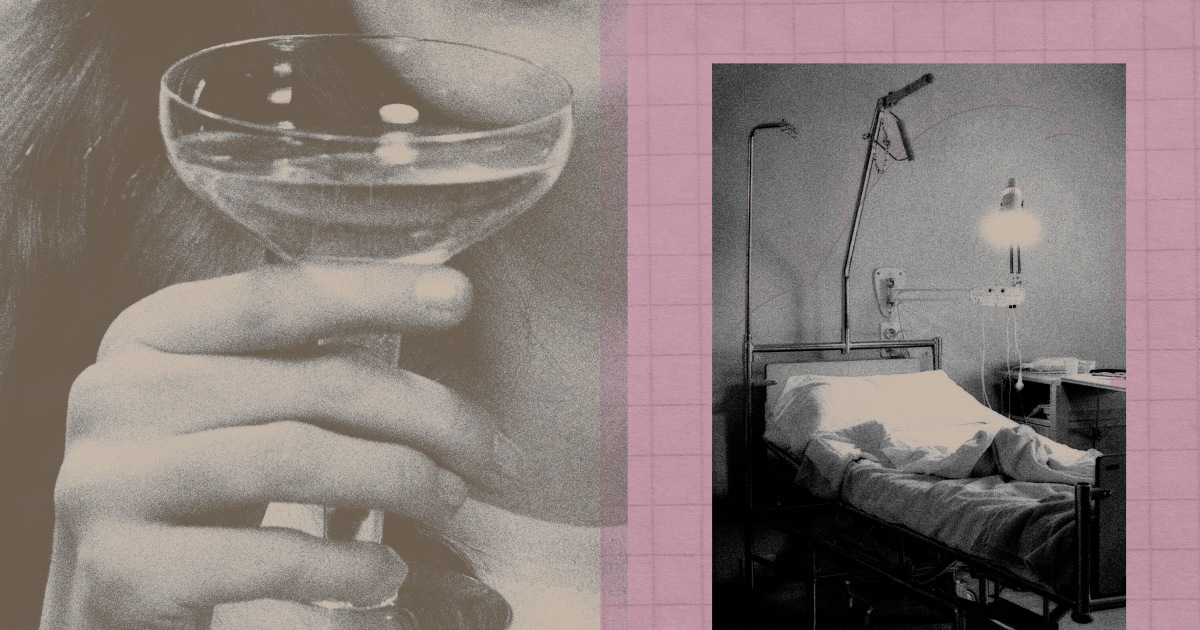Fake Cosmetics Flood Aussie Online Marketplaces: Health Risks & Hidden Toxins Revealed

A concerning new study has revealed a staggering number of cosmetics sold by third-party sellers on popular Australian online platforms like Amazon, eBay, TikTok Shop, and Vinted are counterfeit – and potentially dangerous. Researchers are sounding the alarm, warning Aussies lured in by irresistible discounts on fake designer beauty products could be putting their health at serious risk.
The study, which investigated a range of cosmetic items, found a significant proportion were fake, often mimicking well-known brands. These counterfeit products aren’t just about missing out on the real deal; they frequently contain harmful, unregulated, and even toxic ingredients that can cause severe skin reactions, allergic responses, and long-term health problems.
Why is this happening? The ease of setting up shop on these online marketplaces, coupled with the demand for budget-friendly beauty options, has created a perfect environment for counterfeiters to thrive. Third-party sellers, operating with varying degrees of oversight, can easily list and sell fake products, often without consumers realising they're being deceived.
The Toxic Truth: What’s in Fake Cosmetics? Unlike genuine cosmetics, which undergo rigorous testing and adhere to strict ingredient regulations, counterfeit products are often manufactured in unregulated facilities with little to no quality control. This means they can contain:
- Harmful Chemicals: Lead, mercury, arsenic, and other heavy metals, which are known toxins.
- Unidentified Ingredients: Manufacturers often don't disclose the full ingredient list, leaving consumers unaware of what they're applying to their skin.
- Bacterial Contamination: Poor manufacturing practices can lead to bacterial contamination, increasing the risk of infections.
- Irritants and Allergens: Fake cosmetics frequently contain ingredients that can cause severe skin irritation, rashes, and allergic reactions.
Protect Yourself: How to Spot a Fake While it's not always easy to identify a fake, there are some red flags to look out for:
- Price Too Good to Be True: If the price seems significantly lower than the retail price, it’s likely a fake.
- Suspicious Seller: Check the seller's rating, reviews, and location. Be wary of sellers with little or no history.
- Packaging Issues: Look for inconsistencies in the packaging, such as misspelled words, poor-quality printing, or damaged seals.
- Ingredient List: Compare the ingredient list to the official product website.
- Buy from Authorised Retailers: Stick to reputable retailers and official brand websites.
What Can Be Done? The researchers are calling for stricter regulations and increased oversight of third-party sellers on online marketplaces. Platforms like Amazon, eBay, TikTok Shop, and Vinted need to step up their efforts to combat the sale of counterfeit cosmetics and protect consumers.
“These findings are alarming,” said [Researcher Name/Title, if available - otherwise omit]. “Consumers need to be aware of the risks associated with buying counterfeit cosmetics and take steps to protect themselves. The potential health consequences are simply not worth the savings.”
Don't gamble with your health. Be vigilant when buying cosmetics online and always prioritise authenticity and safety.

:max_bytes(150000):strip_icc():focal(990x191:992x193)/sharon-osborne-weight-loss-journey-main-071625-4e939c2d25ad46d0b9c4d5104b8939e2.jpg)



